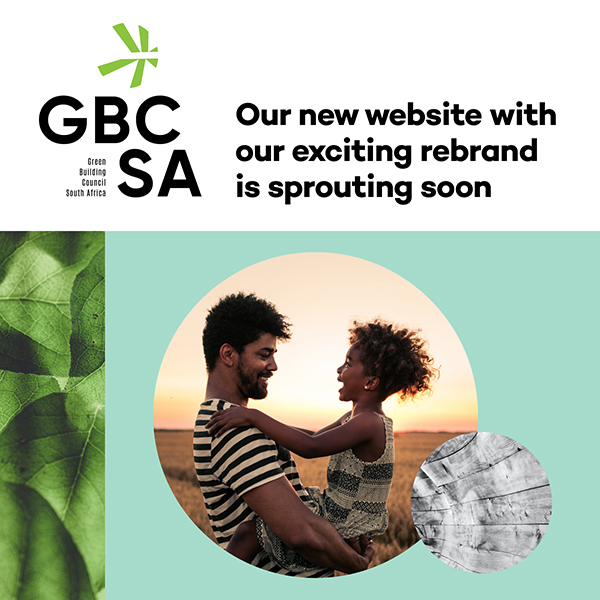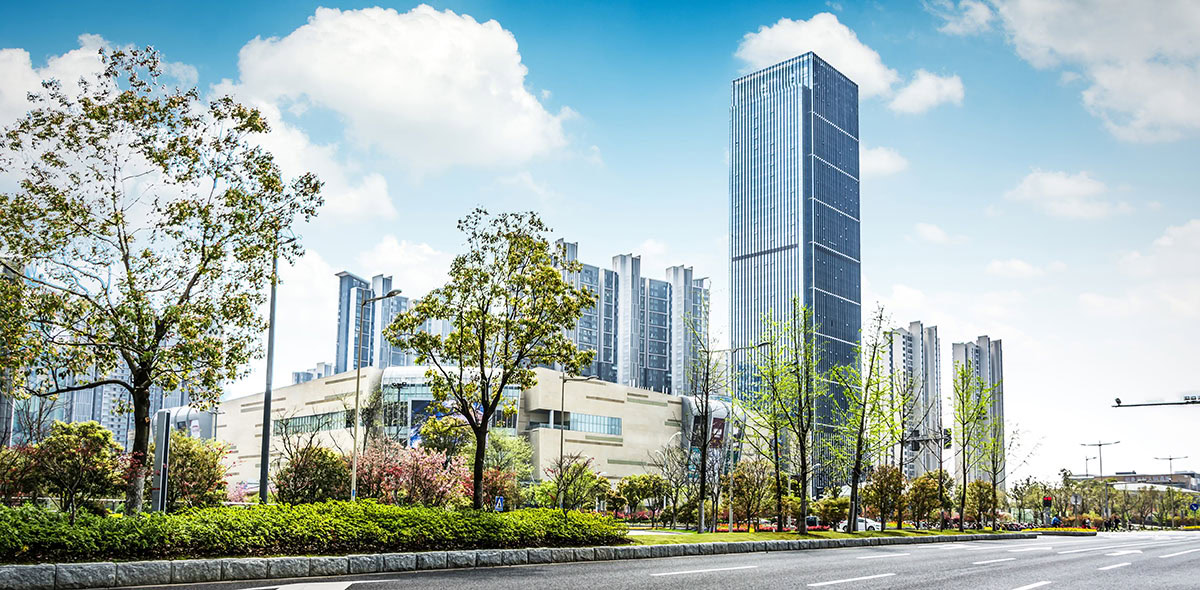
Celebrating South Africa’s Inspiring Sustainable Architecture
December 09, 2019
South Africa has more than a few inspiring examples of sustainable architecture and we want to celebrate the progress made in the field by highlighting how approaches in sustainable architecture can stretch from informal to industrial buildings and everything in between.
While they may look dramatically different, the focus of sustainable architecture is to reduce a building’s harmful environmental impact through resource efficiency and moderating the material and energy required in each stage of construction.
Take a look at a few examples in various categories:
Informal
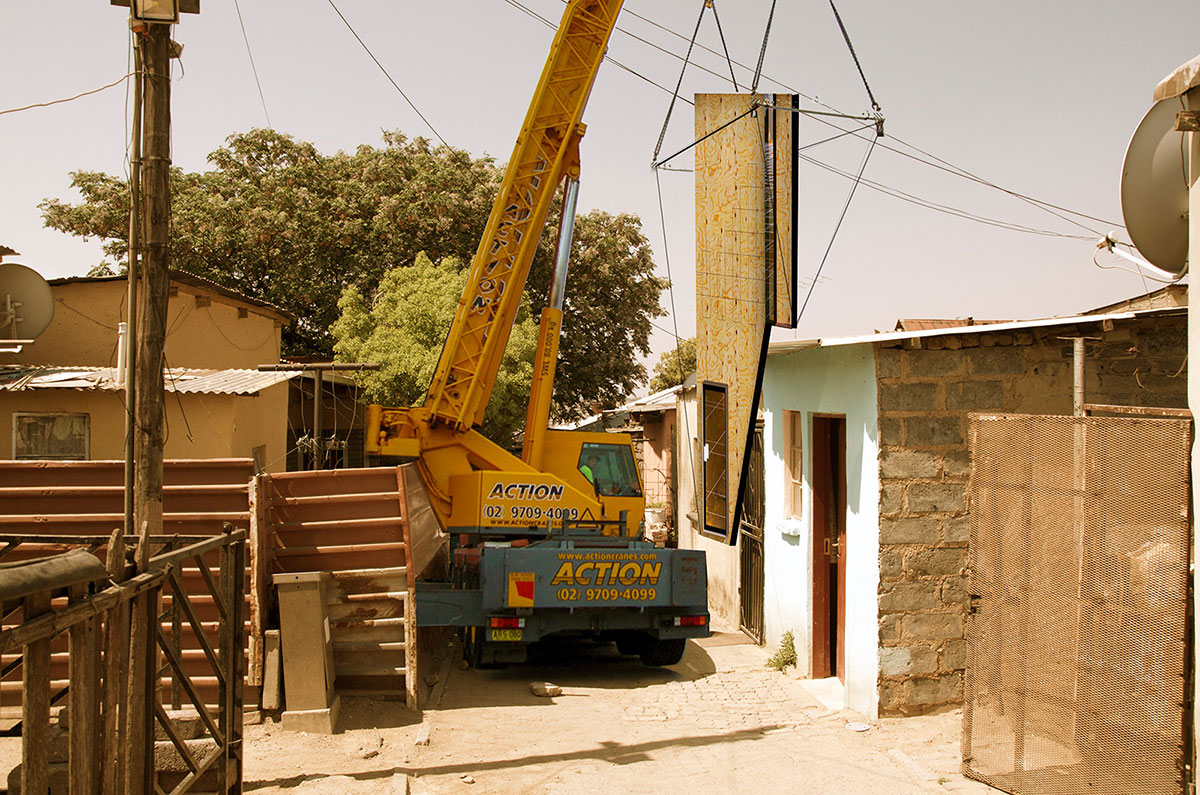
Fire house, Marc Sherratt Sustainability Architects for home owner
Community consultation revealed fire to be one of the most significant challenges in Alexandria township where Marc Sherratt Sustainability Architects took on a project to “try address the architectural challenges in informal settlements”. In a densely populated area where cooking with paraffin and use of illegal electricity connections, fire can sweep through a house or large neighbourhood quickly – especially as there is little water infrastructure, a lack of firefighting equipment and no space for fire trucks to move between shacks.
The unit MSSA looked to design was to allow for both a prefabricated component and for the expression of individual family identity. The result is a unit that does not rely on municipal power or water supply, and will likely be certified at least as a Net Positive carbon building upon completion. Materials conform to the Living Building Challenge’s list of safe materials and MSSA say that in time they would like to run the project on a bigger scape with a digitized design process that enables residents to enter their dimensions into a mobile app that allows for quick manufacture. Completed homes would then be delivered by truck and simply crane-dropped onto their existing homes.
Low-cost housing
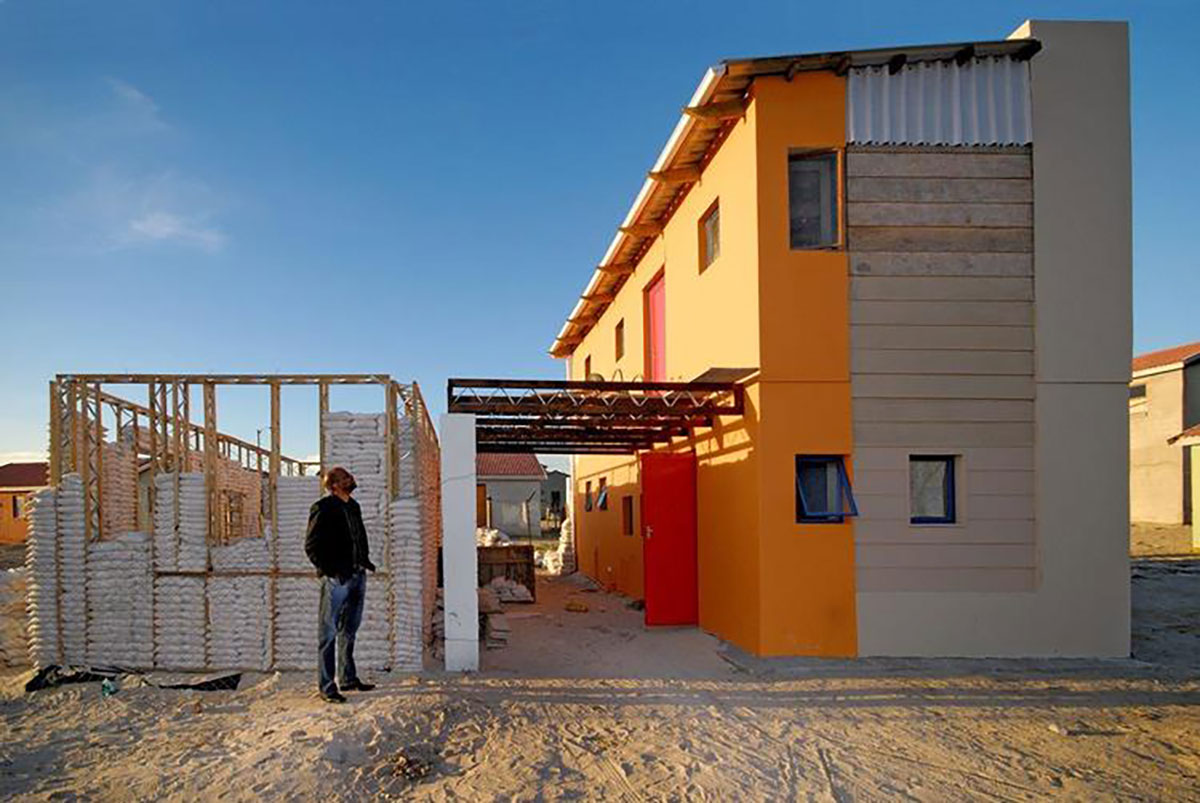
10×10 Low Cost Housing Project by Luyanda Mpahlwa Design Space Africa for Design Indaba
Completed in 2009 this famous design began as part of the 10×10 Low Cost Housing Project by Design Indaba. Design Indaba invited 10 local and 10 international architects to produce designs for ‘low cost houses within the South African Government subsidy budget of R50 000’, states Luyanda Mpahlwa Design Space Africa. Led by Mpahlwa the project team was allocated the Jonker Family of eight and worked hard to create an affordable and dignified housing solution.
The resulting design prescribed an Ecobeam timber frame filled with plastered-over sandbags and partly cladded, partly boarded with timber. The team was faced with the challenge of developing a new approach to low-cost housing design had to resolve issues of sustainable design all within the stringent budget.
Residential
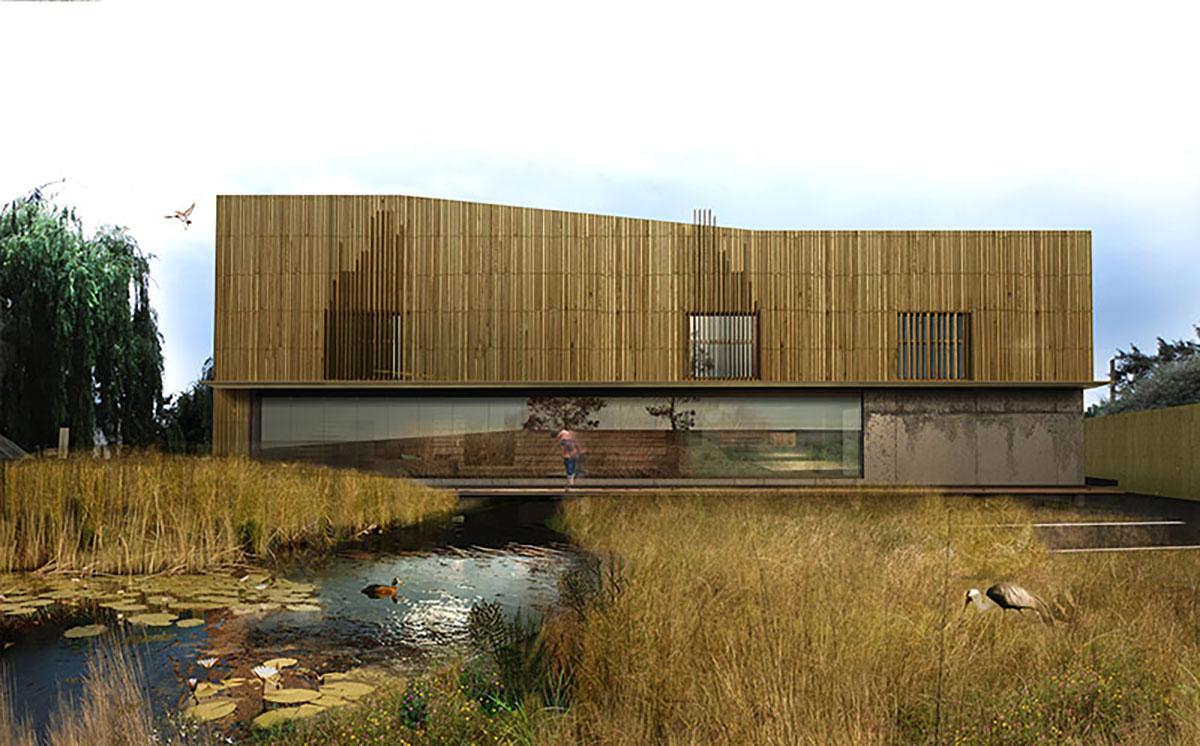
Vleihuis Development, Marc Sherratt Sustainability Architects
The initial starting point of the Vlei Huis development, a cluster of eight residential homes on a land parcel in Linden, was to bring an indigenous landscape to the site and plan the buildings around this. Through a research process a created wetland was seen as the best landscape to increase biodiversity and the new units were designed to sit in the landscape similar to a bird’s nest. The design borrowed the idea of how birds use local materials, respond to climate, opportunistic predators and camouflage into their surroundings, states Marc Sherratt Sustainability Architects.
Sherratt went on to use the wetland as a purification device to bring the rainwater to potable quality and combined solar PV, battery storage and solar geysers to allow for both energy and water independence from local municipal sources and Net Zero ratings for carbon and water. As the design and operation facilitates an increase of biodiversity, a small urban farm for each unit, and fish and mussels in the wetland the project is also rated Net Positive Ecology. It was the first project in Africa to achieve all three ratings.
Commercial
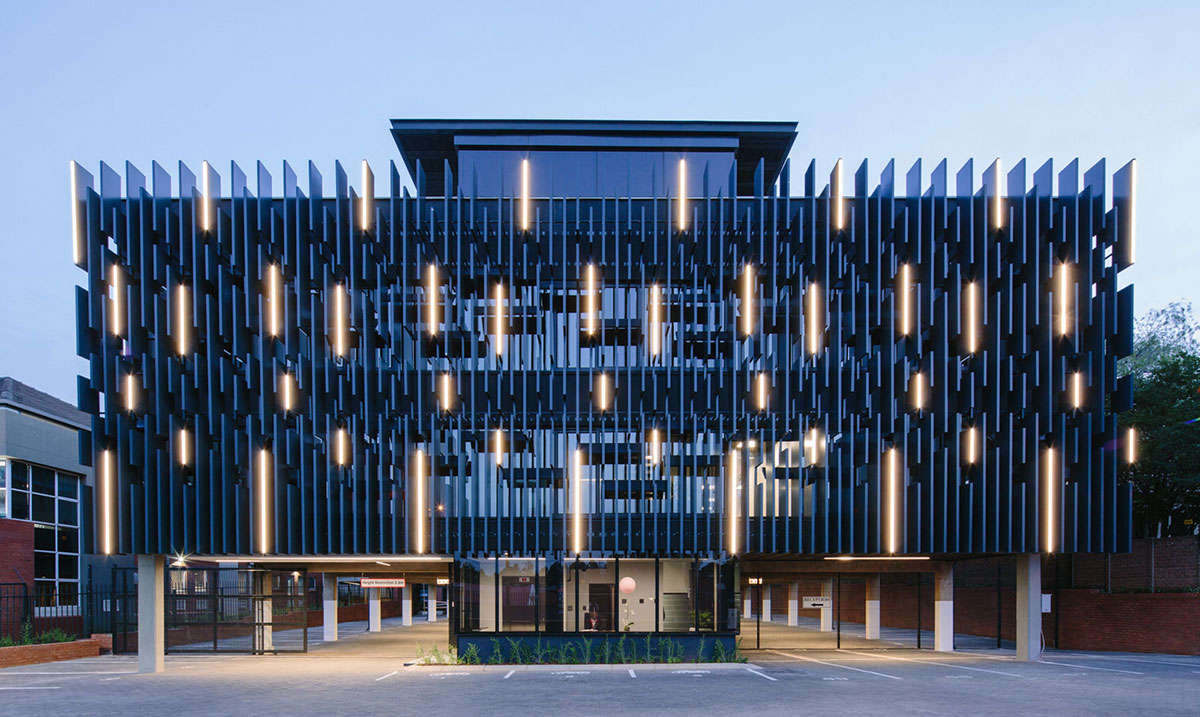
78 Corlett Drive, Daffonchio Architects for Legaro Properties
This Net Zero Carbon Pilot project has a 6-star Green Star Office V1.1 Design certification and was built by Legaro Properties who own the building, as their office headquarters. Situated on a brownfields site in Birnam close to Melrose Arch, the building is now a busy co-working office space.
Natural light and passive shading is provided by using large louvres to create a dynamic facade element for the two storey building. The upper ground floor contains a mix of small offices, co-working spaces and social and formal meeting spaces, centered around a coffee bar within a naturally lit, triple volume atrium. On the first floor there are more co-working spaces along with larger formal offices for a variety of clients.
An energy model of the building in the design stages reflected a 100% improvement over a SANS 10400 notional building resulting in carbon emissions reduced to 92kgCO2/m2/yr. The rooftop PV generates 92000 kWh each year and ties into the grid.
Natural views are available in 80% of the office area and relies on air-cooled chillers for air conditioning requirements.
Academic
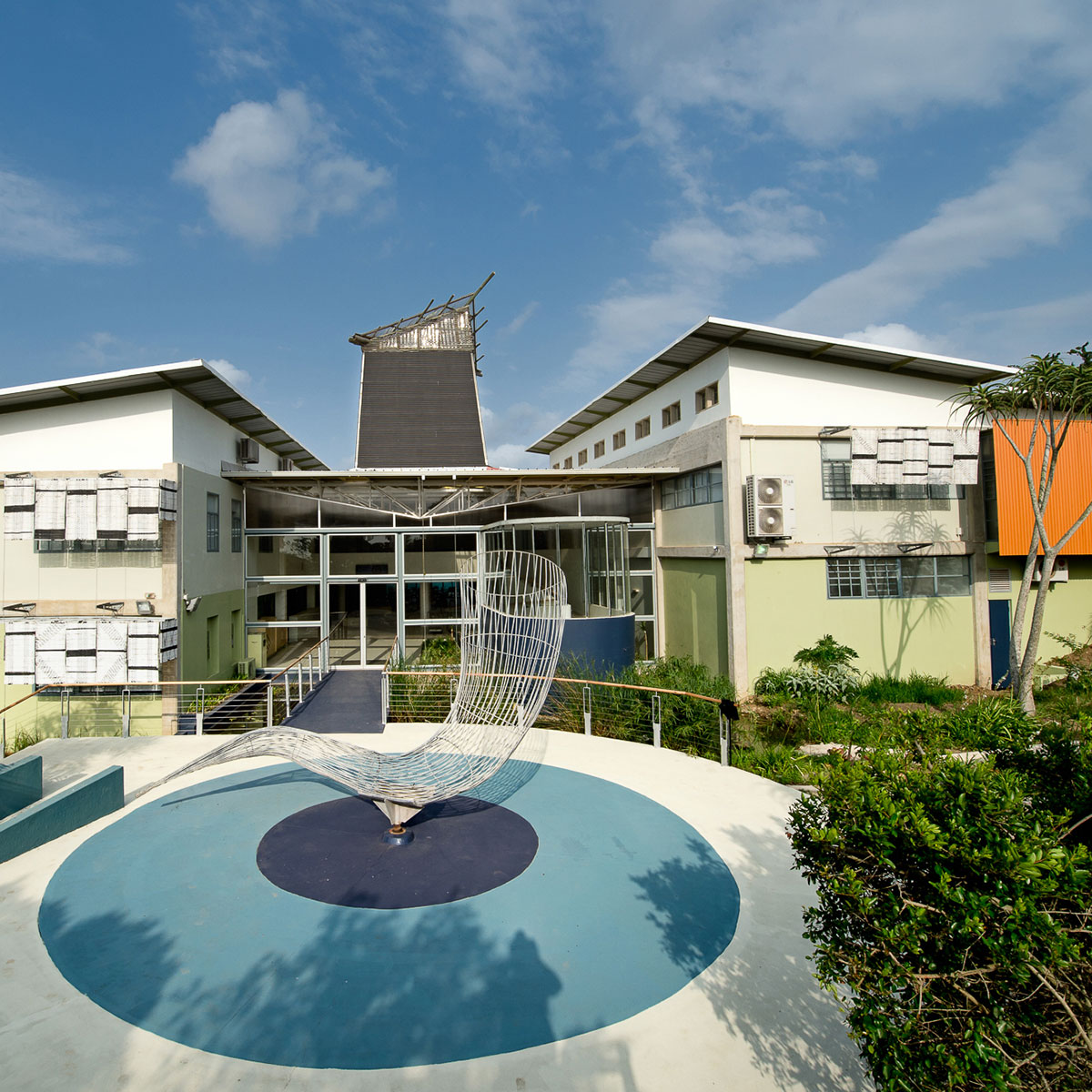
Africa Centre, East Coast Architects for Africa Centre
In 2002 East Coast Architects’ completed the original African Centre, a multi-disciplinary research facility working with population health issues in rural KwaZulu-Natal, and were recognised for the project’s acknowledgement of local context, extensive use of local skills and material, and participatory approach to the design and construction process.
In 2014 the new director asked ECA to revisit the project with additional accommodation and a substantial makeover required due to expanded operations of 400 permanent staff and a regular influx of visiting scientists.
The result was the existing complex. Set on a south-facing slope, four research pods cluster around a cruciform space containing social functions. A 15m tower acts as a thermal stack to assist natural ventilation and provides a central reference point around which circulation and communal activities are arranged. Its prominence makes a bold statement in the surrounding landscape. Within each pod, open plan offices are arranged around courtyards to offer maximum exposure to natural light and ventilation. Where possible material was recycled from the old building into the new, reducing costs and construction waste. Bart-Jan Hoort ran the Africa Centre project for East Coast Architects.
Industrial
Greenfield Industrial Park, Loudon Perry Anderson Architects for Growthpoint
The design of a typical warehouse, with plenty of roof space for solar PV, and a low electrical draw as lighting is often the main electricity requirement, can be made even more efficient by maximizing natural lighting, ventilation and reusing water run-off.
Architect Stuart Anderson, green building consultant Francios Retief and the client, Growthpoint, worked together to secure the first Net Zero Carbon rating for an industrial building. Designed and operated to generate as much renewable energy in a year as it consumed by lighting, air conditioning and site services. Correct insulation was crucial to make the building a comfortable place to work and store products without heating or cooling the warehouse space itself, Retief said.






